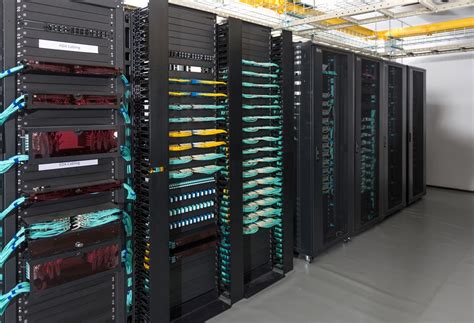—
“Sovereign cloud” can be a confusing term in the world of cloud services.
When we talk about sovereignty in the cloud, we’re delving into the realm of data control, privacy, and security. But what does it really mean for customers? Let’s break it down.
Imagine having the power to decide who can access your data stored in the cloud. Picture being able to set limitations on how that data is used and where it’s physically located. This essence of control over your digital assets is at the core of what is known as “sovereign cloud.”
The Ideal of Customer Choice and Autonomy
In its broadest sense, sovereign cloud embodies an ideal where customers have autonomy and freedom to make decisions about their data usage. It’s not just about a specific type of service; rather, it revolves around empowering customers with choices.
Customers should have the ability to move their data between providers or bring it back in-house if they wish. This flexibility ensures that users are not locked into one single provider but have the freedom to switch based on their needs.
However, beyond customer-centric considerations lies a crucial aspect concerning foreign government access.
Concerns Over Foreign Government Access
One significant question looms large: Can a foreign government compel your cloud provider to disclose your data without your knowledge? This issue holds immense weight for public sector entities dealing with defense and national security matters, as well as private companies handling regulated personal or commercially sensitive data.
The European Union has been actively promoting European cloud providers as part of its strategic agenda to bolster economic growth and maintain technological leadership amid global uncertainties. There’s a growing emphasis on reducing reliance on foreign service providers for critical data infrastructure needs.
The Shift Towards European Cloud Providers
European organizations are increasingly turning towards local cloud providers over American hyperscalers for sovereign cloud solutions. While U.S.-based providers offer transparency and local data residency options, concerns arise regarding jurisdictional issues tied to American laws.
American providers operate under U.S. jurisdiction, making them susceptible to legal orders that could impact European customer data privacy rights. In contrast, European providers offer a shield against such extraterritorial mandates by steering clear of U.S.-based operations.
It’s essential to differentiate between mere data storage location (data residency) and safeguarding against foreign government intrusion (cloud sovereignty).
Regulatory Landscape Driving Adoption
Regulations play a pivotal role in propelling European customers towards securing their cloud environments—especially with stringent frameworks like GDPR looming large. Legal ambiguities persist around whether American counterparts can ensure robust security measures for EU personal data processing activities.
In response to these challenges, some member states have instituted domestic requirements mandating sovereign clouds for critical sectors like public services and vital infrastructure operations.
The Case For Multi-Cloud Deployments
While sovereign clouds are gaining traction among European entities seeking enhanced control over their sensitive information, there remains space for multi-cloud strategies integrating both traditional hyperscale solutions alongside sovereign setups. Different workloads demand distinct environments catering to diverse technical exigencies and compliance standards.
Organizations need a cohesive strategy aligning various IT environments based on workload specifics—balancing scalability offered by hyperscalers with heightened protection necessitated by sensitive datasets.
Challenges Amid Sovereign Cloud Adoption
Transitioning towards sovereign clouds isn’t devoid of hurdles; organizations encounter obstacles like comprehending their dataset compositions, addressing interoperability gaps across disparate service platforms, and ensuring seamless portability between different providers when needed—a task made complex by regulatory constraints and technical nuances involved in massive data migrations.
—
Expert Insights:
Accordingly Dr.Heinrich Hosken notes,”Compliance with evolving regulations will continue shaping organizational preferences.”
Dr.Michelle Michels further adds,”An intricate mix of policy directives necessitates nuanced approaches tailored per use case.”
Stories from real-world deployments underscore the significance organizations place on maintaining ownership over their digital assets while adhering to strict regulatory frameworks governing cross-border data flows.
By fostering collaboration within the industry through initiatives like a Sovereign Cloud Code of Conduct—focusing on mitigating risks associated with external interference—providers can enhance trust amongst consumers while fortifying adherence mechanisms under prevailing legal statutes.
Let’s delve deeper into this dynamic landscape where technology meets regulation!









Leave feedback about this